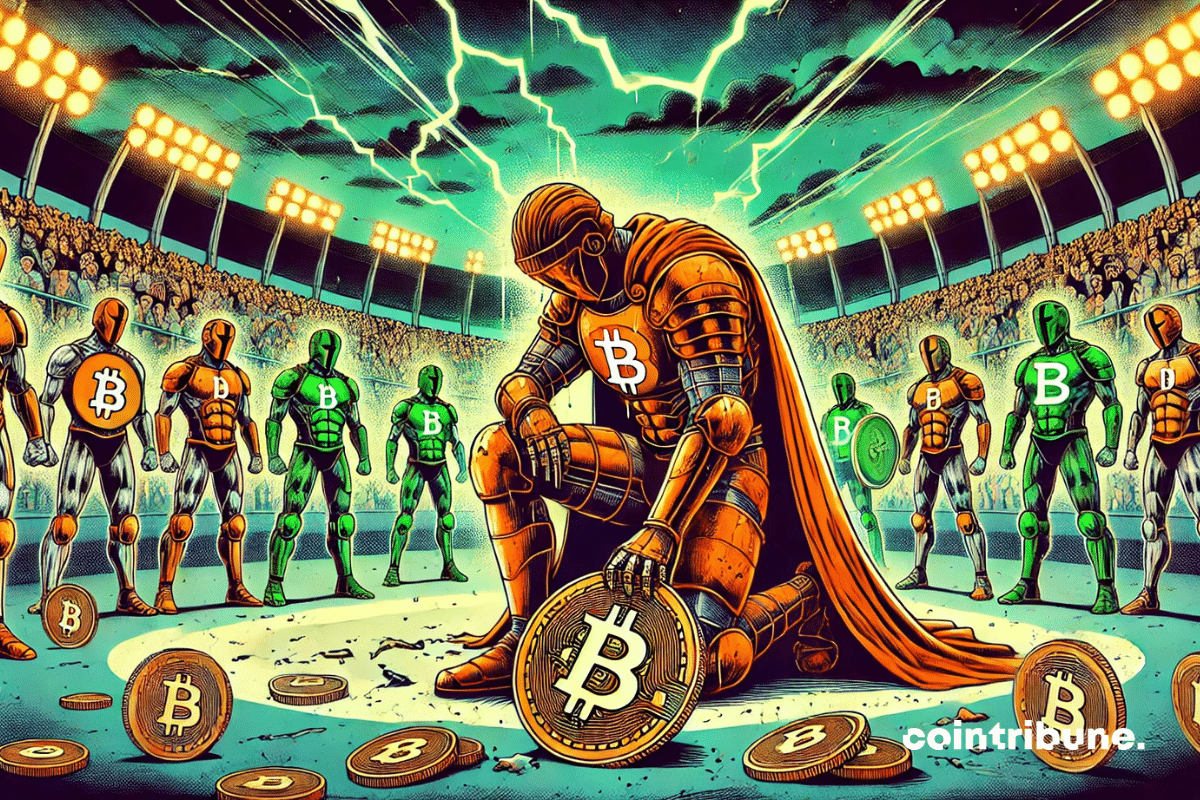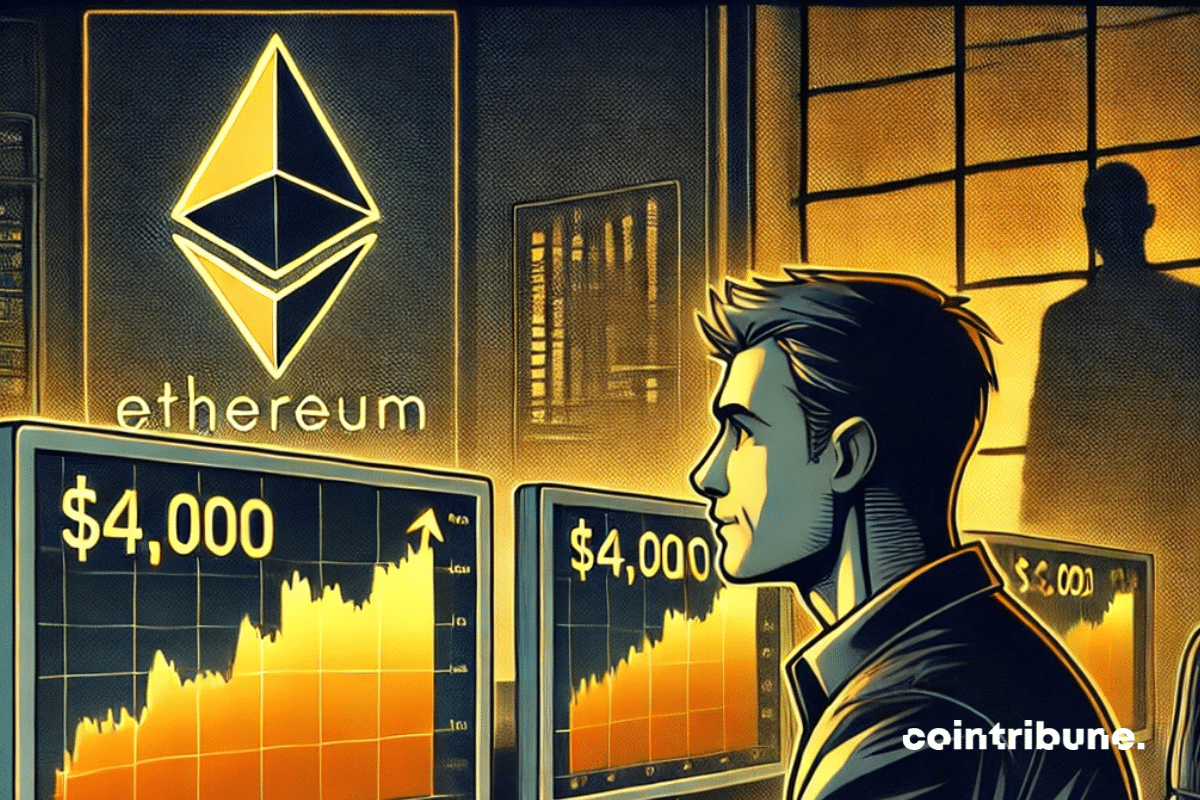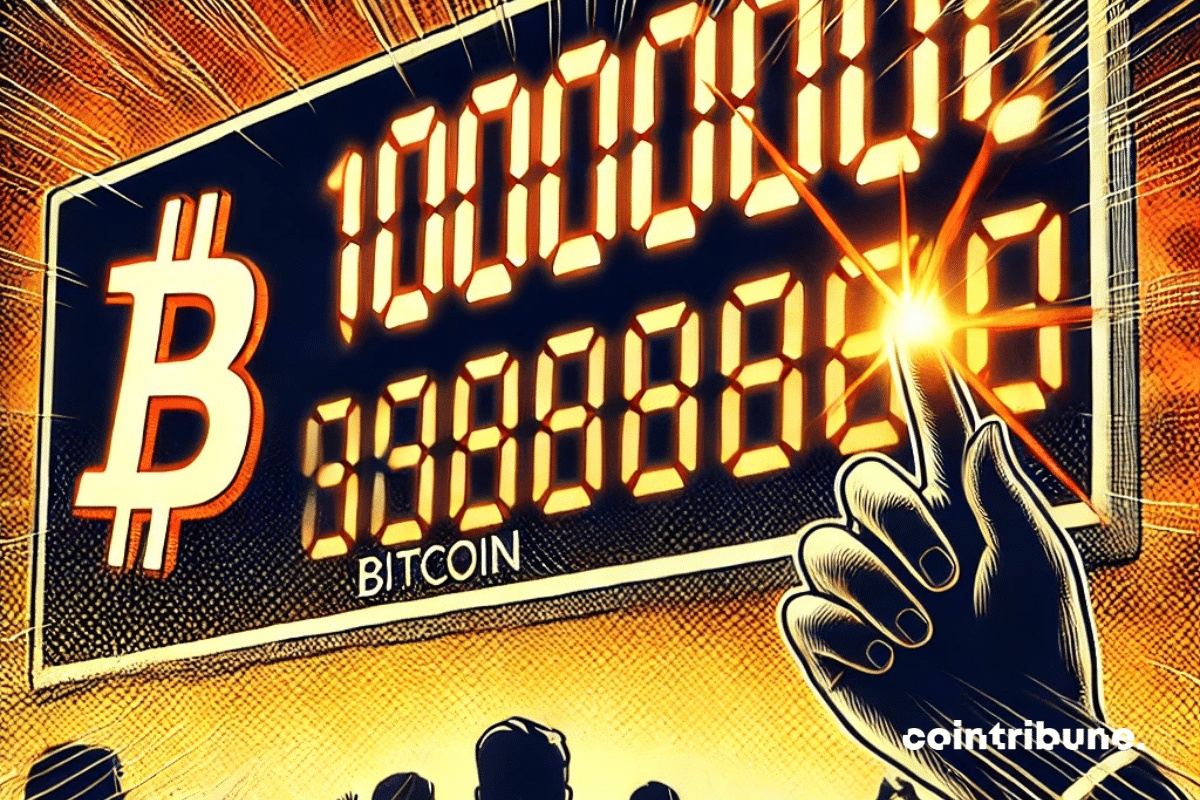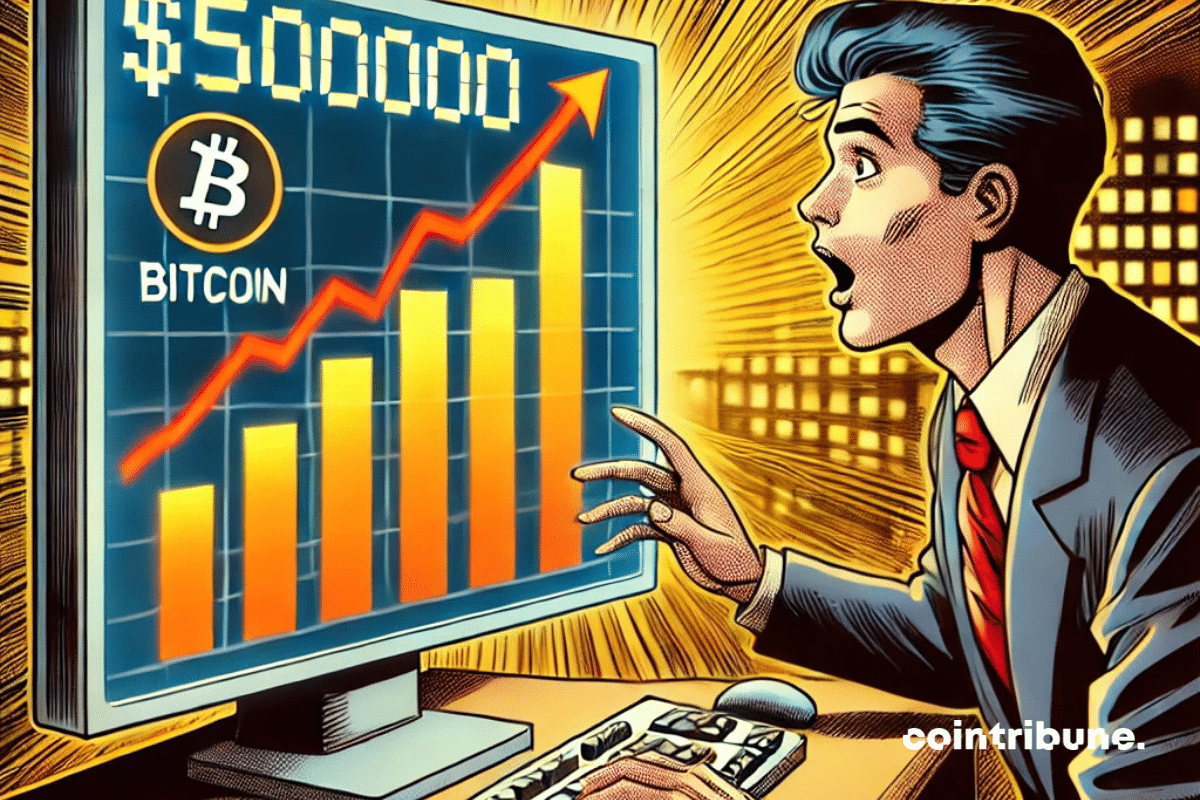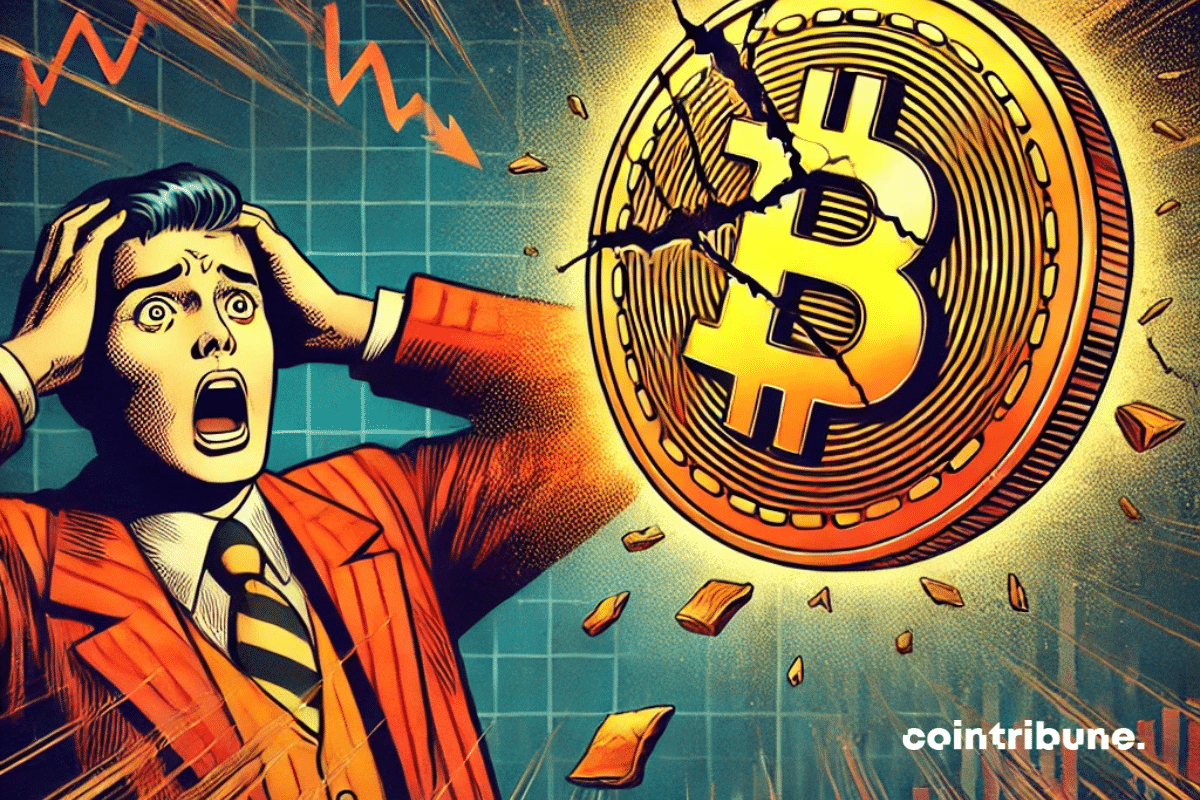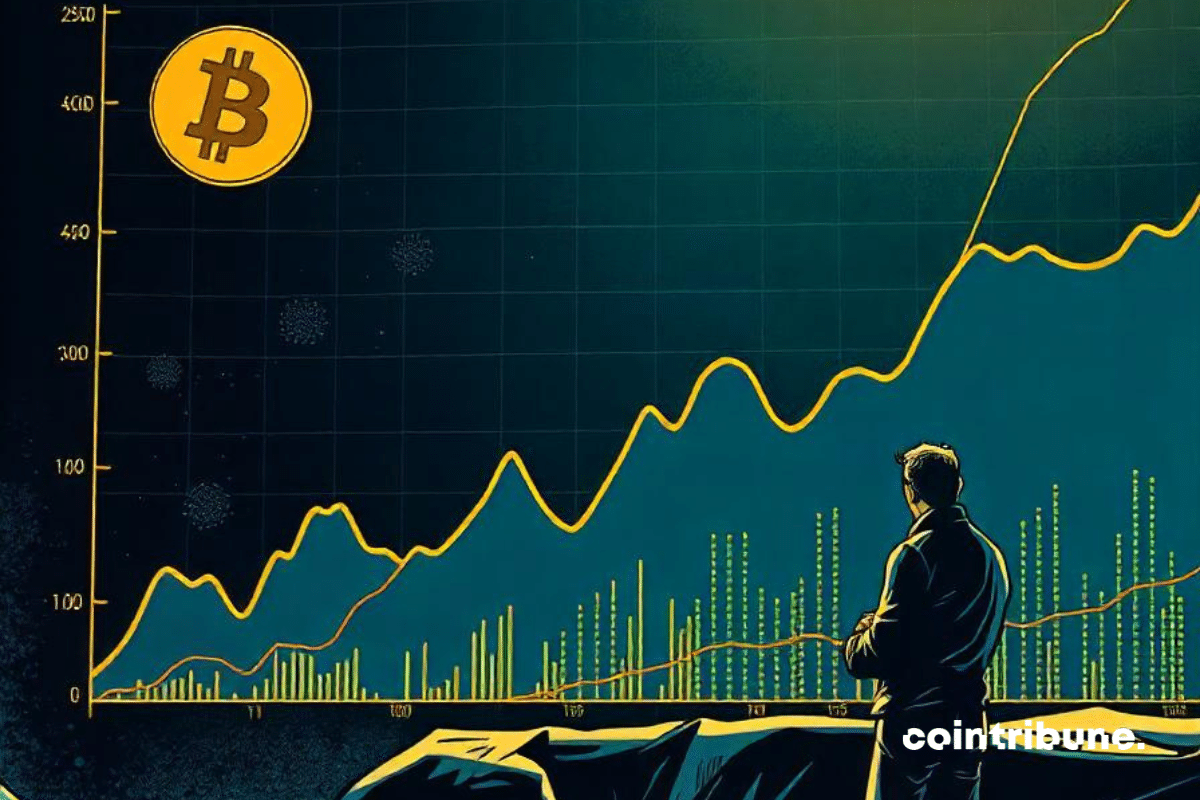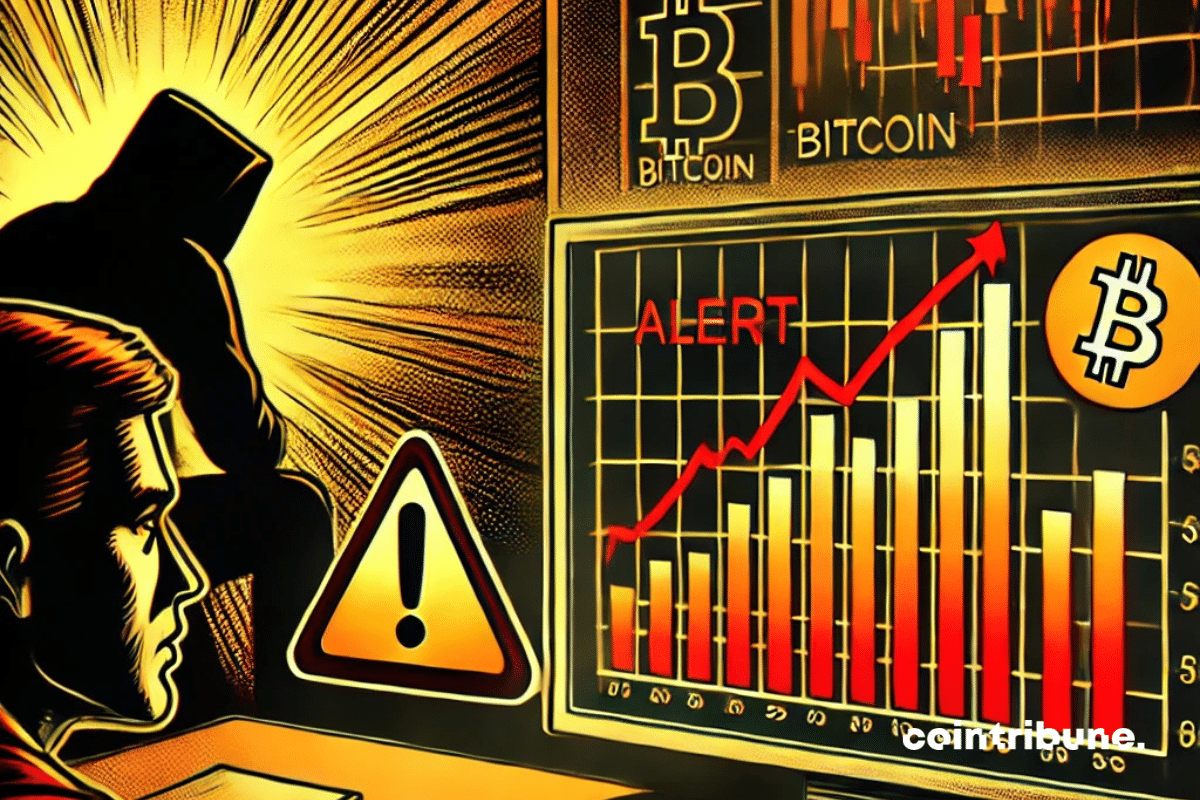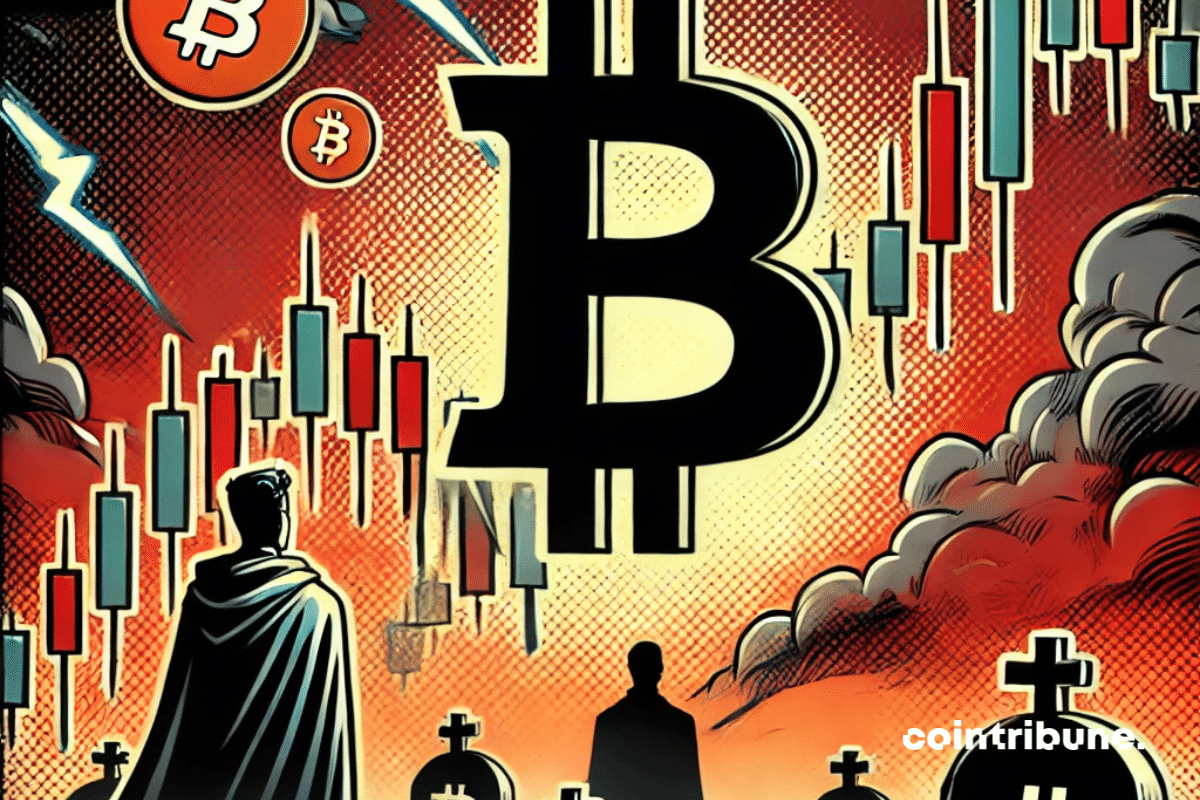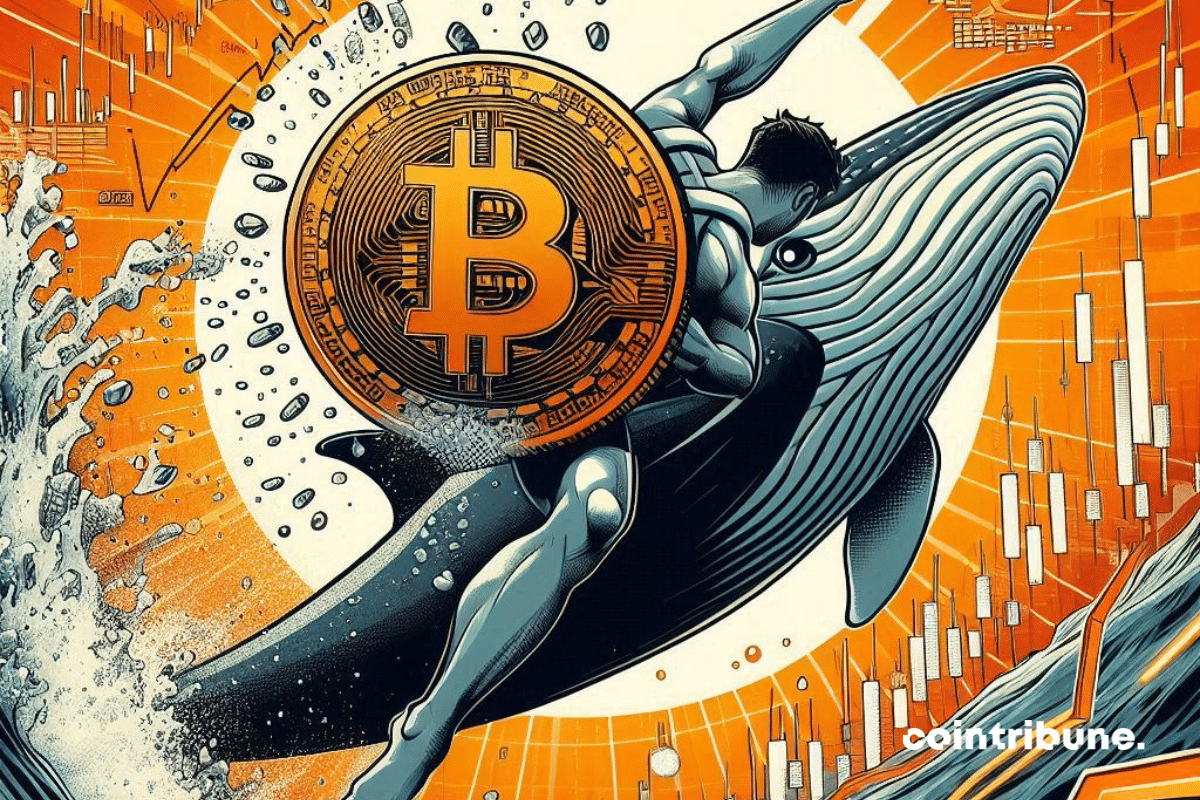MicroStrategy, initially a simple software company, is transforming into a new type of financial institution. More than just a company holding bitcoin, it becomes the very first investment bank dedicated to cryptocurrency, with a potential valuation that is dizzying: between 690 billion and 3 trillion dollars.
Theme Trading
In a volatile market context, where regulations and competition are increasingly present, Binance, one of the largest cryptocurrency exchange platforms, has reached a new high. In November 2024, it recorded an influx of 8.73 billion dollars in assets, bringing the total value of its holdings to 154.9 billion dollars. This performance highlights a positive momentum for Binance, but also a strategic shift that could redefine expectations regarding crypto platforms.
The crypto market is buzzing with Avalanche (AVAX) establishing itself as one of the best-performing assets in recent weeks. With its value doubling in record time, AVAX has captured the attention of investors while also rekindling speculation about a potential prolonged rally. As the Avalanche platform continues to strengthen its ecosystem, could this price surge signal a lasting change, or indicate imminent overheating?
Bitcoin is once again defying predictions and flirting with the symbolic threshold of $100,000. As the financial world watches this historic moment, VanEck, a renowned investment manager, is projecting an ambitious target of $180,000 for the most famous of cryptocurrencies. This forecast is based on a booming market dynamic, supported by favorable regulatory signals and increasing institutional demand. But what should investors prepare for in a market characterized by opportunities, but also risks of overheating?
Bitcoin, often referred to as digital gold, is poised to reach a symbolic milestone. With a rapid surge surpassing $97,000 in the middle of this week, the flagship cryptocurrency is capturing the attention of investors and observers worldwide. A strong bullish rally, supported by solid technical indicators, places the long-awaited threshold of $100,000 within reach.
On November 19, 2024, Bitcoin recorded a new all-time high, reaching $93,970.91. This peak, which occurs at a time when the cryptocurrency market is booming, reflects the resilience and continued attraction of this asset for both institutional and retail investors. In a context marked by significant fluctuations among major cryptocurrencies, this surge reflects market optimism, but also the growing impact of macroeconomic factors and innovations such as exchange-traded funds (ETFs).
As global economic uncertainties persist, the crypto market shows exceptional strength, embodied by a Bitcoin that has just reached a historic level. With the breach of its all-time high at $93,500, Bitcoin continues to captivate both institutional and retail investors. This situation is set against a backdrop where the balance between growing demand, financial innovation, and complex macroeconomic signals shapes the future of the asset.
Technological innovations continue to disrupt traditional sectors, and finance is no exception to this transformation. In an important decision, Goldman Sachs, one of the heavyweights on Wall Street, announces the spin-off of its crypto platform to create an independent entity. This project, which fits within the context of growing adoption of blockchain technologies, raises numerous questions about the future of institutional finance.
The idea of placing Bitcoin at the heart of American strategic reserves could disrupt global financial paradigms. This is the bold proposal of Senator Cynthia Lummis, a staunch supporter of cryptocurrencies, who suggests transforming a portion of the United States' vast gold reserves into Bitcoin. Such a debate, far from being trivial, is unfolding in a context of astronomical debts and rapid inflation, placing digital innovation in competition with traditional systems.
Financial markets are experiencing a historic period as Donald Trump prepares to enter the White House. Bitcoin is soaring, Tesla is regaining its value, while the euro is collapsing against the dollar.
As financial markets ponder the future of cryptocurrencies, Cathie Wood, the renowned CEO of Ark Invest, reaffirmed her bold bet on Bitcoin. According to her, the leading cryptocurrency could see a surge of 600% to reach $650,000 by 2030. These projections, based on economic dynamics and regulatory advancements, are triggering growing interest among both institutional and individual investors.
For years, the crypto sector has accustomed us to rapid changes, but 2024 marks an unprecedented shift with the extraordinary rise of memecoins. Originally regarded as curiosities or digital jokes, these assets have now exploded onto the global financial scene, attracting a massive wave of investors. With a market capitalization that has surged by nearly 400%, memecoins are no longer mere cultural phenomena, but genuine economic forces in their own right.
The crypto market is undergoing a critical phase, with fluctuations between significant declines and unexpected rises. While Bitcoin and Ethereum continue their retreat, some cryptocurrencies like Ripple stand out with spectacular performances, fueling debates and speculation about the future of the sector. This climate of uncertainty, exacerbated by external pressures and increased volatility, calls for caution among investors.
The crypto market has been on fire in recent days, with a spectacular 39% increase in XRP, now valued at $0.80. This dizzying rally is driven by speculation related to a potential shake-up at the head of the Securities and Exchange Commission (SEC). As rumors of its chairman, Gary Gensler's resignation surface, investors seem to anticipate a regulatory easing that could transform the crypto ecosystem.
Significant drop in users, but the hamsters are not giving up. With them, the crypto HMSTR could still surprise.
Elon Musk, a visionary entrepreneur and often provocative figure, has just brought unexpected attention back to Dogecoin, the famous meme crypto. A simple post on X was enough to rekindle the enthusiasm of DOGE supporters, illustrating once again Musk's influence in the crypto ecosystem. This tweet, both ironic and strange, echoes years of fascination and speculation about the relationship between Musk and Dogecoin. While some view him as a proponent of crypto, Musk has clarified his intentions, stating that he does not endorse any cryptocurrency, except in a humorous context. Nevertheless, his latest remarks further highlight his impact.
As the end of the year approaches, a major event could transform the Bitcoin ecosystem and intensify the debates surrounding its future: the imminent expiration of nearly $11.8 billion in Bitcoin options. Scheduled for December 27, this deadline could trigger spectacular movements in the markets, with the stated goal of pushing Bitcoin past the symbolic threshold of $100,000. However, while call options, which are predominantly favored, signal marked optimism, the tension remains palpable between bullish and bearish investors, each keen to position their influence ahead of this critical deadline.
Ethereum could well reach a historic level. In the midst of an upward trend, the second-largest cryptocurrency in the market is showing signs of significant recovery, bolstered by a combination of positive market factors. Indeed, the appeal of derivatives for investors, a rapidly growing activity among blockchain users, and the increasing interest in Ethereum-focused ETFs underscore a clear bullish trend. These indicators, closely monitored by investors, outline a potential trajectory toward the $4,000 mark.
As Bitcoin reaches a new all-time high, the question of breaking through the symbolic threshold of $100,000 ignites the market. On Polymarket, a decentralized prediction platform, bets are pouring in, with unprecedented optimism for the immediate future of the leading cryptocurrency. Investors, galvanized by this sudden surge, are ready to wager big on this spectacular rise. This increase in speculation, fueled by prediction platforms, reflects a new stage in the maturity of the crypto market and a renewed confidence among investors despite ongoing volatility.
Bitcoin is reaching new heights, now flirting with the $77,000 mark, a feat largely driven by the announcement of Donald Trump's victory in the U.S. presidential elections. In a context of high volatility, where institutional players and analysts sharpen their projections, the famous stock-to-flow model by analyst PlanB now forecasts a potential surge in Bitcoin's price up to $500,000 by the next four-year cycle. This renewed institutional interest, supported by favorable political initiatives, promises to disrupt the crypto market.
As Bitcoin continues to captivate investors worldwide by flirting with new historical highs, an unexpected voice rises to temper the euphoria surrounding the queen of crypto: that of Ki Young Ju, CEO of CryptoQuant, a benchmark in the industry. In a context where markets are buoyed by the prospect of Fed rate cuts and the repercussions of the recent U.S. presidential elections, Ki Young Ju makes a strange and far from optimistic prediction. According to him, Bitcoin could experience a drop of nearly 24% by the end of 2024, with a level around $58,974. This prediction, although out of step with the current enthusiasm, is based on a meticulous analysis of past trends and market data.
As the price of Bitcoin reaches historic highs, having nearly touched 77,000 dollars yesterday, Friday, November 8, 2024, investors are faced with a critical question: is this rapid rise supported by real value, or is the market already hitting its limits? In a price discovery phase where traditional benchmarks seem to dissolve, analyses on on-chain metrics allow for a better understanding of the underlying potential of the most emblematic cryptocurrency. Five key indicators show that, despite this peak, Bitcoin remains fundamentally undervalued.
The storm may be brewing for Bitcoin. This time, it is not the result of the usual market fluctuations, but of an analysis anticipating a drop that could shake investor confidence. As Bitcoin flirts with a new historical peak around $75,000, respected analyst Benjamin Cowen warns of a possible substantial drop in price. According to him, a reversal could take shape in early December, coinciding with the release of the U.S. employment report.
A feared technical indicator has emerged on the weekly charts: the "Gravestone Doji." This pattern, often associated with a trend reversal, could signal a turbulent phase for the market. The interest in this cross-shaped formation without bullish anchoring is particularly intense as investors had hoped to see Bitcoin break the symbolic barrier of $74,000. Instead, the leading cryptocurrency has retreated below $67,000, shaking the convictions of the most optimistic.
The great tide of "whales" is suspended! The giants of Bitcoin are waiting, monitoring the market like a cat watching a mouse.
As the fight against climate change is at the heart of global concerns, some governments are considering banning Bitcoin mining, an energy-intensive process often criticized for its environmental impact. However, a new study conducted by the Exponential Science research group reveals a paradox that may surprise more than one lawmaker: banning Bitcoin mining could worsen carbon emissions, thus countering climate goals. This study, titled "The Unexpected Carbon Consequences of Bitcoin Mining Bans: A Paradox in Environmental Policy," sheds further light on the potential displacement effects caused by these bans.
After a dizzying rally that sparked investors' optimism, Bitcoin appears to be wobbling under increasing downward pressure. Indeed, with the recent achievement of major resistance levels, the flagship cryptocurrency is now exposed to a significant correction risk, with a key threshold around $65,000 that could determine the direction of its short-term trajectory.
As Bitcoin appears to slide below 70,000 USD, a wave of panic is settling among short-term speculators. In just a few hours, nearly 54,000 BTC, worth about 3.76 billion dollars, were transferred to exchanges, marking one of the largest sell-offs in recent months. This massive influx of assets reflects a negative dynamic for the market, particularly among short-term holders who, faced with volatility, choose to liquidate their positions. Such a situation results not only from a temporary market adjustment but from a sense of urgency that raises concerns about the future price movement of the flagship cryptocurrency.
Peter Brandt's pessimistic forecasts, one of the most seasoned traders on the financial scene, plunge the crypto community into palpable anxiety. Indeed, the price of Ethereum could well collapse to $1550, a level rarely seen in recent years. In a context of widespread correction in the crypto market, this prediction shocks as much as it raises concerns. Ethereum, often considered one of the cornerstones of the sector, is indeed mired in a pronounced downward spiral, with no signs of recovery appearing on the horizon.
Could the veil over the identity of Satoshi Nakamoto, the anonymous creator of Bitcoin, finally be lifted? This is at least what Stephen Mollah, a British macroeconomist of Asian descent, claims during an unexpected announcement in London on Thursday, October 31, 2024. In a crypto world where every rumor can destabilize markets and reignite debates, one man's claim to be the mysterious inventor of Bitcoin sparks particular interest, straddling fascination and skepticism. As the debate over the true identity of Satoshi Nakamoto continues to captivate experts and investors, this assertion could well reopen the hunt for one of the best-kept secrets of the modern financial universe.












